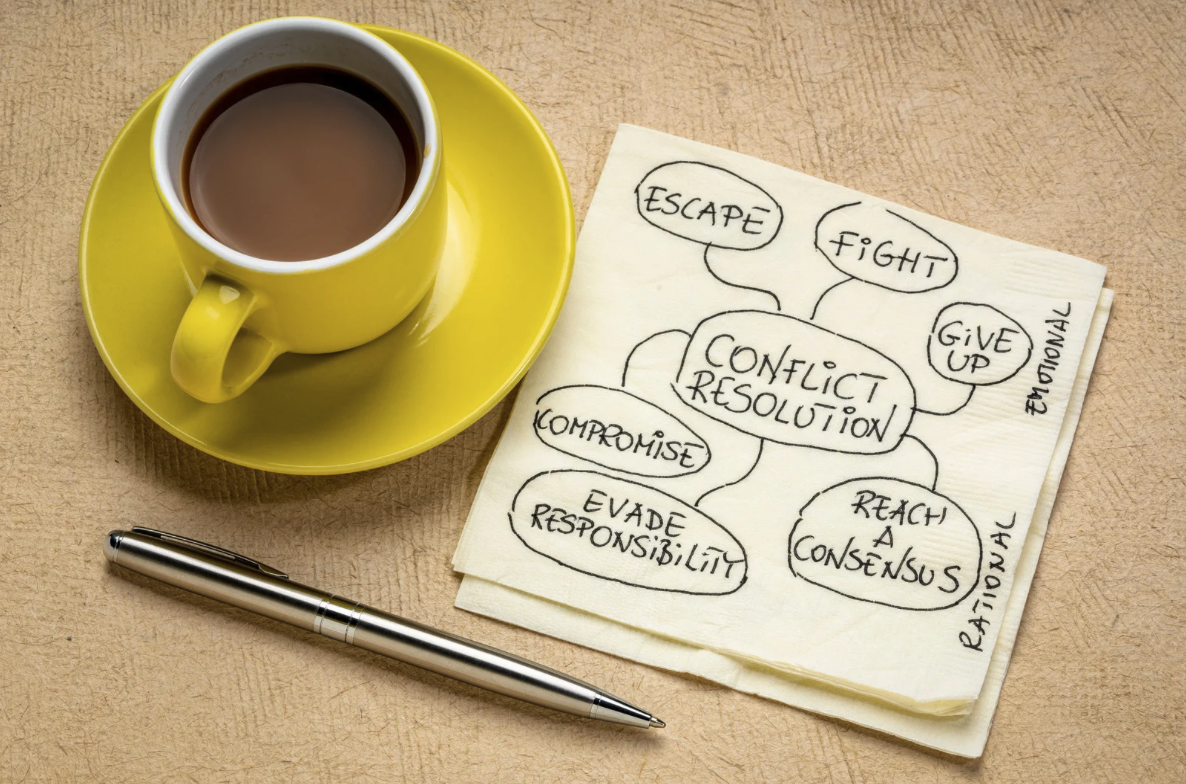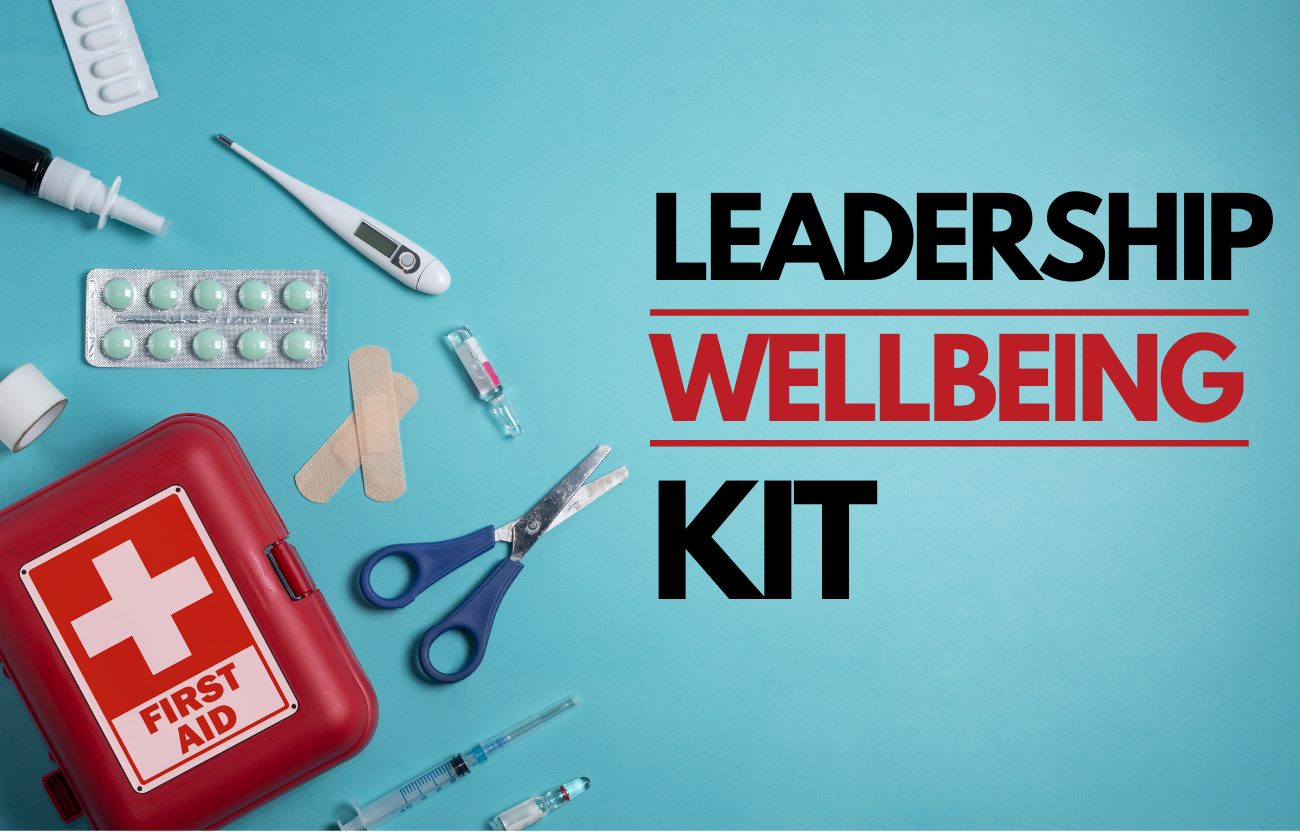“We’re a collaborative team!” It’s a phrase we hear often, a badge of honor in today’s workplace. But what if that seemingly harmonious collaboration is just a facade? What if, beneath the surface of polite agreement, lies a simmering pot of unresolved tension? Many teams mistake conflict avoidance for true collaboration, and the cost is far greater than you think. Let’s peel back the layers and explore why this happens and, more importantly, how to shift towards a culture of healthy, productive conflict.
The Illusion of Harmony:
We’ve all been there. The meeting where everyone nods along, smiles, and seemingly agrees. But after the meeting, the real conversations begin. “Did you see how they completely ignored my suggestion?” “I can’t believe they’re going in that direction.” This “meeting after the meeting” phenomenon is a classic sign of conflict avoidance. Teams that prioritize superficial harmony over genuine engagement are creating an illusion of collaboration. This avoidance stems from a fear of confrontation, a desire to maintain the status quo, or a lack of the emotional intelligence needed to navigate difficult conversations.
The Hidden Costs of Unresolved Tension:
- Decreased Innovation: When team members are afraid to challenge ideas, creativity and innovation suffer. Safe ideas prevail, and groundbreaking solutions remain undiscovered.
- Reduced Productivity: Unresolved tension creates a toxic environment where energy is wasted on passive-aggressive behavior, gossip, and resentment rather than productive work.
- Damaged Relationships: Over time, unresolved conflict erodes trust and weakens team bonds. Superficial politeness becomes a barrier to genuine connection.
- Increased Stress and Burnout: Holding back concerns and opinions is emotionally draining. This leads to increased stress levels and a higher risk of burnout.
- Poor Decision-Making: When teams avoid healthy debate, they miss out on valuable perspectives and insights. This can lead to flawed decisions and costly mistakes.
Building a Culture of Constructive Conflict (Love & Action):
It’s time to shift from conflict avoidance to constructive conflict. Here’s how:
- Embrace the Power of Healthy Debate:
- Understand that conflict is not inherently negative. When managed effectively, it can lead to better ideas and stronger relationships.
- Encourage diverse perspectives and create a safe space for respectful disagreement.
- Develop Emotional Intelligence:
- Cultivate self-awareness, empathy, and active listening skills.
- Learn to recognize and manage your own emotional triggers and those of others.
- Establish Clear Communication Guidelines:
- Example Action: “Let’s try something new: when someone shares an idea, start by saying what you like about it before offering any critiques. It sets a more positive and collaborative tone.”
- Set expectations for respectful communication, active listening, and constructive feedback.
- Encourage “I” statements to minimize defensiveness. (“I feel…” instead of “You always…”)
- Facilitate Open Dialogue:
- Create opportunities for team members to share their concerns and opinions.
- Use structured techniques like brainstorming sessions or facilitated discussions to encourage open dialogue.
- Actively work to ensure all voices are heard.
- Address Conflict Directly and Promptly:
- Don’t let issues fester. Address them as soon as they arise.
- Encourage team members to communicate directly with each other, rather than relying on intermediaries.
- Practice active listening and ask clarifying questions to ensure you fully understand the other person’s perspective.
- Focus on Solutions, Not Blame:
- Shift the focus from assigning blame to finding solutions.
- Encourage team members to collaborate to develop mutually beneficial outcomes.
True collaboration isn’t about avoiding conflict; it’s about navigating it effectively. By embracing healthy debate, developing emotional intelligence, and establishing clear communication guidelines, you can transform your team from a group of polite avoiders into a powerhouse of innovation and collaboration. It takes courage to challenge the status quo, but the rewards—stronger relationships, better decisions, and a more fulfilling work environment—are well worth the effort.
Reflect on your team’s dynamics. Are you truly collaborating, or are you avoiding conflict? What steps can you take to foster a culture of healthy debate? Share your thoughts and experiences in the comments below.


